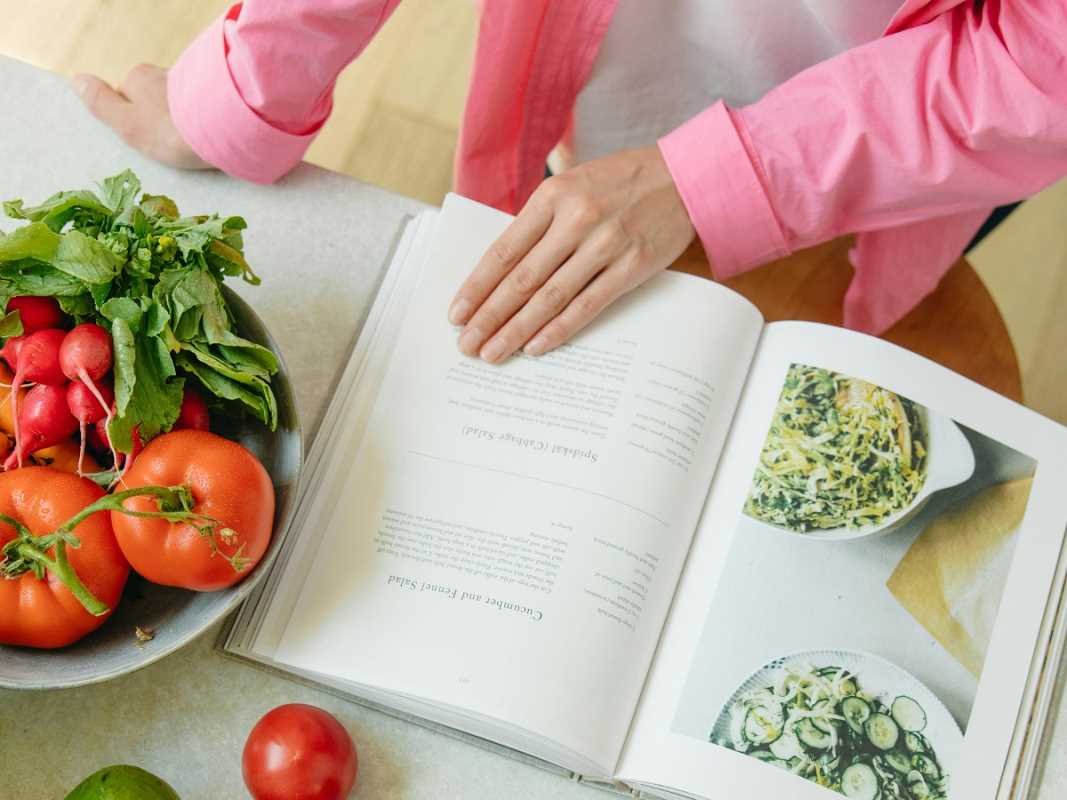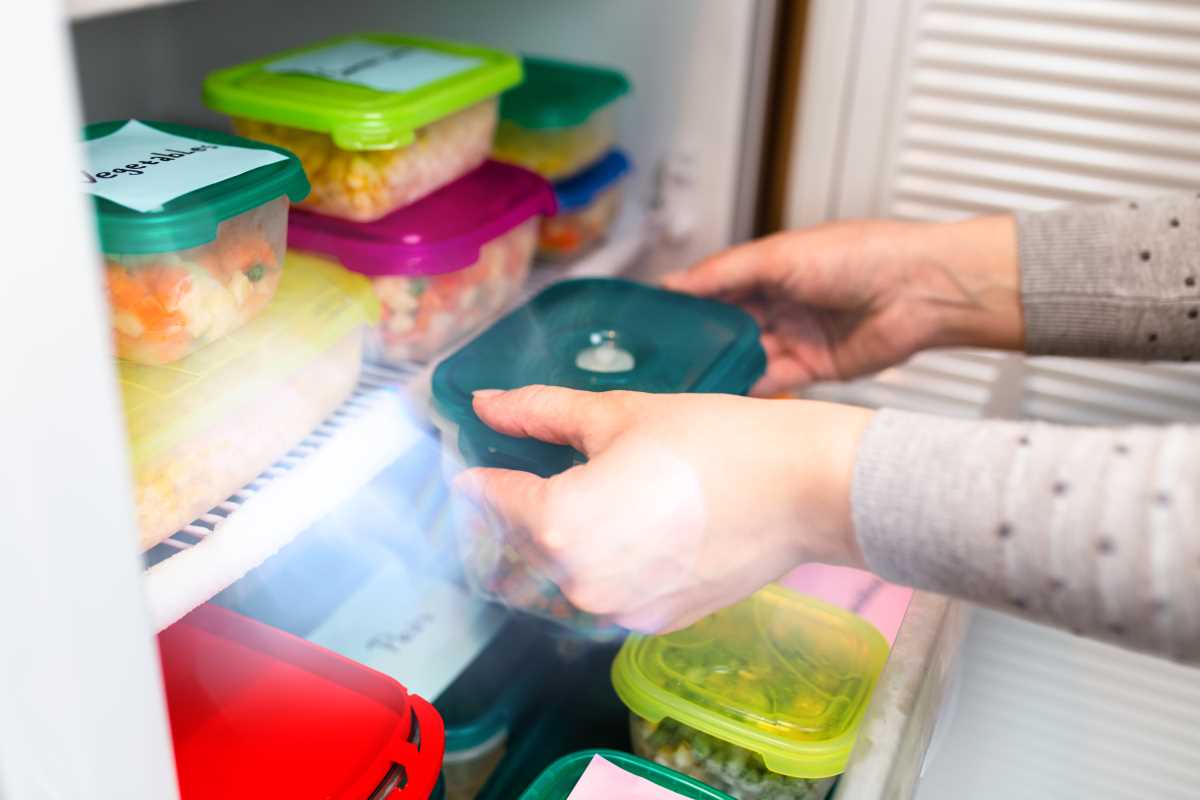Freshly prepared blends bring a sense of delight to every meal for young children. Mixing wholesome ingredients in creative ways introduces little ones to a variety of textures and flavors, making each bite an adventure. As you offer a selection of balanced tastes, you encourage curiosity and a willingness to try new foods. Establishing these habits early helps children develop a positive relationship with eating and builds a foundation for exploring more foods as they grow. Homemade blends not only provide nourishment but also turn mealtime into an enjoyable and engaging experience for everyone at the table.
By blending vibrant fruits, vegetables, grains, and proteins, you build nutrient-rich dishes without relying on store-bought jars. In this guide, you’ll find practical pairings, easy steps for meal prep, and tips to store batches safely. Let’s get cooking and watch those little smiles grow!
Essential Nutrients for Growing Babies
Young bodies need a variety of vitamins and minerals to support bone growth, brain development, and immune function. Use simple sources to deliver what they need without overcomplicating recipes.
Choosing nutrient-dense foods helps regulate blood sugar levels and provides lasting energy for active days. Make each meal count by focusing on key building blocks.
- Iron: Pureed spinach, lentils, or red meat. Iron supports healthy blood cells and cognitive skills.
- Calcium: Yogurt or pureed cheese. Calcium strengthens developing bones and teeth.
- Vitamin A: Mashed sweet potato or carrot. This vitamin promotes good vision and skin health.
- Vitamin C: Pureed orange, kiwi, or strawberry. Vitamin C helps iron absorption and immune defense.
- Healthy Fats: Mash avocado or mix in full-fat plain yogurt. Fats support brain development and nutrient absorption.
Fresh Fruit and Veggie Pairings
Mixing sweet fruits with mild vegetables brightens flavors and introduces varied tastes. Start with small batches to see what combinations excite tiny palates.
Try these simple blends for a burst of freshness:
- Apple and butternut squash: Sweet apples mellow the earthy squash.
- Pear and cauliflower: Pear’s juicy sweetness softens cauliflower’s bite.
- Peach and sweet potato: Ripe peach adds brightness to creamy potato.
- Mango and carrot: Tropical mango highlights carrot’s natural sweetness.
- Banana and zucchini: Banana’s smooth texture blends effortlessly with zucchini.
Incorporating Grains and Proteins
Introducing grains and proteins early adds texture and keeps meals satisfying. Small amounts of grains help build energy stores, while proteins repair tissues and support growth.
Try these ideas to make protein and grain blends both nutritious and tasty:
- Oatmeal with mashed pear: Cook rolled oats until soft, then blend with ripe pear for sweetness and fiber.
- Quinoa and avocado mash: Puree cooked quinoa with ripe avocado for a creamy, protein-packed dish.
- Chicken and brown rice: Steam chicken breast and blend with rice, adding a dash of olive oil for smoothness.
- Lentils and pumpkin: Combine cooked lentils with roasted pumpkin for protein and beta-carotene in every spoonful.
- Greek yogurt and millet: Stir cooked millet into plain *Greek yogurt* to add texture and a calcium boost.
Flavor Boosters and Healthy Fats
Enhance homemade blends with mild herbs, spices, and fats to help develop taste buds. Keep portions small and add one new ingredient at a time to monitor reactions.
Here are gentle ways to enrich each puree:
- Pinch of cinnamon: Adds warmth to fruit purees like apple or pear.
- Dash of cumin: Brightens vegetable blends such as sweet potato or carrot without overpowering.
- Teaspoon of ground flaxseed: Boosts omega-3s in cereals and fruit mashes.
- Small drizzle of cold-pressed olive oil: Enhances texture in grain- or vegetable-based purees.
- Sprinkle of fresh basil or mint: Mix into pea or zucchini purees for a burst of garden-fresh flavor.
Meal Prep and Storage Tips
Batch cooking saves time and always provides fresh options. Planning and proper storage help preserve nutrients and flavor.
Follow these steps each weekend to fill your freezer with ready-to-serve portions:
- Choose ingredients: Pick a mix of fruits, veggies, grains, and proteins that work well together.
- Cook separately: Steam or roast each component until tender, then let them cool.
- Blend and combine: Puree single ingredients first, then mix small batches of two or three items.
- Portion out: Spoon into ice cube trays or mini silicone molds and cover lightly with plastic wrap.
- Label and freeze: Write the date and the contents on each tray. Pop cubes into labeled freezer bags once solid.
Thaw cubes in the refrigerator overnight or warm them gently over low heat. Always test the temperature before serving and stir to ensure a smooth consistency.
Proper storage of homemade blends reduces waste, gives you more time to enjoy with family, and maintains fresh-picked flavors.
Try new flavor combinations and observe how preferences shift with each spoonful. Keep experimenting to discover what you enjoy most.
 (Image source: Midjourney)
(Image source: Midjourney) 





